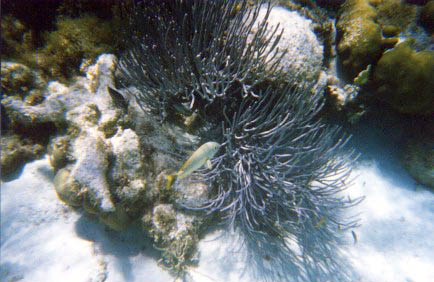 |
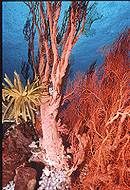 |
Bonnie Glasgold, P.S. 101
LESSON 7
AIM: What is a coral reef?
Motivation: Show students pictures of a coral reef from the Internet at http://mobot.org/MBGnet/salt and http://reef.edu.au/contents/lt/fr_reef.html The first picture was taken from the first site and the second picture was taken by Valerie Taylor from the second site.
 |
 |
1. What do these pictures show?
2. How do you think these coral reefs were formed?
3. How long do you think it takes for a coral reef to be built? (Many thousands of years!)
PROCEDURE:
1. Students will gather information from the Internet to answer the following questions on a datasheet. They are to log on to http://mobot.org/MBGnet/salt to fill in the datasheet. The pictures were taken from this site.
| Where are coral reefs found? | 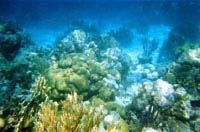 |
Coral reefs are located in tropical oceans near the equator. The largest coral reef is the Great Barrier Reef in Australia. The second largest coral reef can be found off the coast of Belize, in Central America. Other reefs are found in Hawaii, the Red Sea and other areas in tropical oceans. |
| Is the coral an animal? |  |
The actual animal that makes up the physical coral is called a polyp. It is column shaped and attaches itself to the floor of the reef. The top end extends into the water and is free to move about. Thousands of individual polyps form a colony, which in turn forms a reef. |
| What makes the reef hard? | 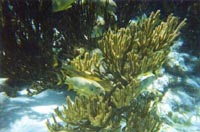 |
Each individual polyp is responsible for each bump in the reef. Each polyp creates its own skeleton, usually made up of calcium carbonate (chalk), which it lives in. |
| Why do so many fish live near coral reefs? | 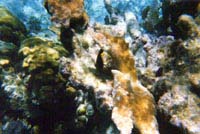 |
Because of warm water and abundant food supply, coral reef communities are bustling with life. Reefs with their bush like shape offer many nooks and crannies for fish to hide in. Small fish can hide from big predators inside a coral reef. Because of this, many small tropical fish are found in coral reefs. |
ACTIVITY:
Many animals that live near a coral reef have adapted to that environment in order to survive. Students are to log on to the coral reef sites and find three examples of animals that have adapted to that environment. An example is given below.
|
|
|
|
 |
|
|
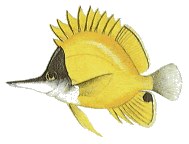 |
|
|
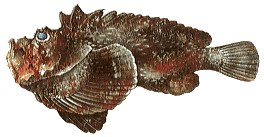 |
|